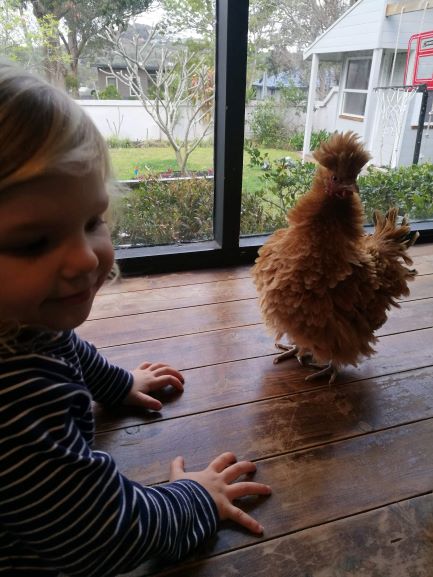How to Worm Farm: Management and Producing Thriving Results
With the shrinking of our general waste bins, the garbage problem is a hot topic of conversation on our street. The simple and most sustainable solution to this is a worm farm.
Friends are loudly saying “Seriously, how can any family be expected to fit their weeks rubbish in that tiny bin?!”. I agree with them that the bin is tiny. So tiny in-fact that it is now my children’s job to bring it in off the street. However, we’ve only been putting one or two shopping bags of rubbish in our bin each week for years. I don’t understand how everyone else on the street has an overflowing bin.

Yes, we create rubbish, rubbish that we are consciously trying to reduce, but we’re realistic about our life style. We strive to one day be a low waste home. It’s that good intention that helps everyone make a more positive impact on our environment every day.
Worm Farm
One of our main solutions to our waste is our worm farm. Many local councils run a sustainability scheme where you can get compost bins at a discounted rate. Check if your council offers this scheme, if they don’t, send them a letter asking them to.
We have all sorts of cheats that help us with our waste. Lots of food scraps go to our dogs, chickens, and compost bin. If you can only have one of those things, then I suggest a worm farm. Unless of course you have a lots of people living in one house.
When we first set up our worm farm Pittwater Council was part of a Compost Revolution Scheme. You could do a quick online course to learn about worm farming and get a discounted worm farm. Sadly this scheme disappeared with the amalgamation. The Compost Revolution is still available in other Councils though, check if you can get it at https://compostrevolution.com.au/ if you’re wanting to live more sustainably.
Compost
If you have a big family then go straight for a big compost bin. I love the Tumbleweed Compost Tumbler.Mark and the girls gave me it for mothers day a couple of years ago. Honestly, its still one of my favourite store bought mothers day gifts.
I haven’t had a problem with our farm or compost bin smelling, or attracting cockroaches. I struggled to understand why friends and family have worm farms that “don’t work”.
This blog post will teach you a few simple tricks that will make your home waste management work. Follow these tips and your worm farm will be smell free, and provide tea to fertilise your garden.
Contact me if you need help with your home waste
If reading the tricks doesn’t help you get your worm farm under control, please contact me for help. I have become my friends sustainability adviser somehow. The fact that I’m helping friends not send food waste to landfill makes me happy.
If you live in the local area, and aren’t ready to have a compost bin, you can feed mine.

At our house we now use the Tumbleweed Can-O-Worms worm farm. If you can’t get that delivered to your home this one looks good. It’s made of strong plastic and is elevated to make collecting tea easy.
Tips for keeping a healthy worm farm:
- When adding food scraps always mix them in with a small handheld plastic spade. This stops flies and ants being attracted to the food scraps, and helps the wigglers break down the food quicker.
- Once a week, add a sprinkling of worm farm and compost conditioner. Then flood it through the farm with tap water.
- When you condition and flood your worm farm you can harvest tea to feed your garden. Mix to a weak cup of tea colour so you don’t burn your plants with too many nutrients.
The Beaches Farm Girl Shortcuts
For a shortcut home click here.
To see what is growing in my backyard farm click the link.
Want to read about parenting, click the link.
For restaurant reviews click the link.
Tips and tricks for sustainable living.
The Beaches Farm Girl reviews products independently and is supported by you, our audience. We may earn (but often don’t) an affiliate commission from products you purchase by the links on this page. Please remember to shop pre-loved, small and local when it’s an option.

